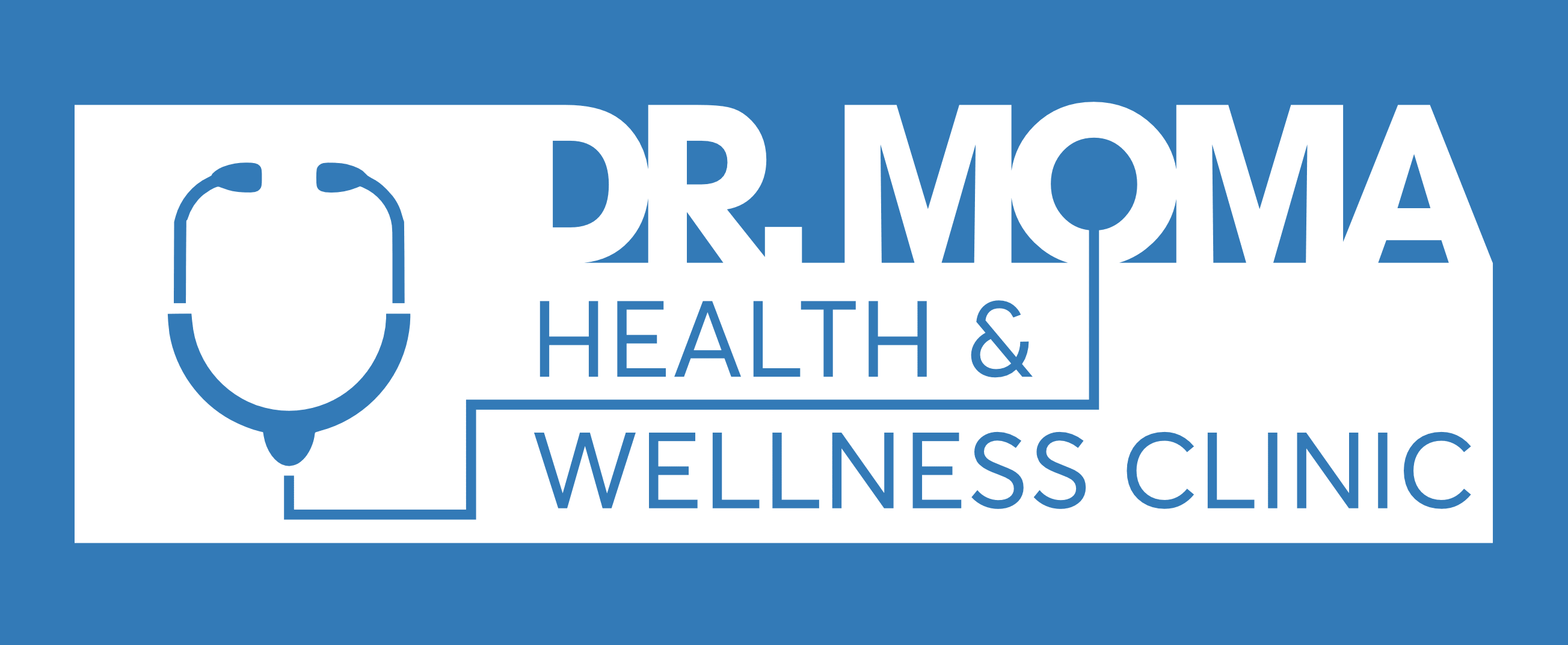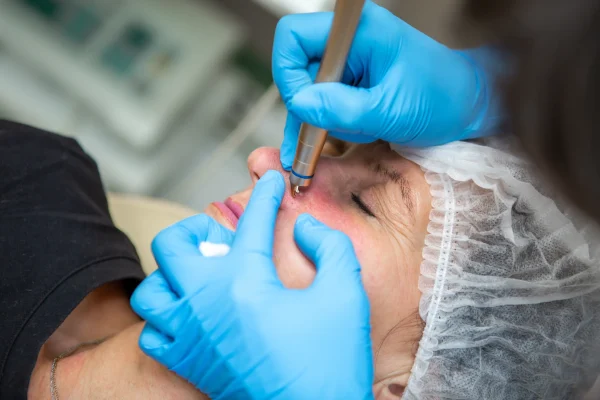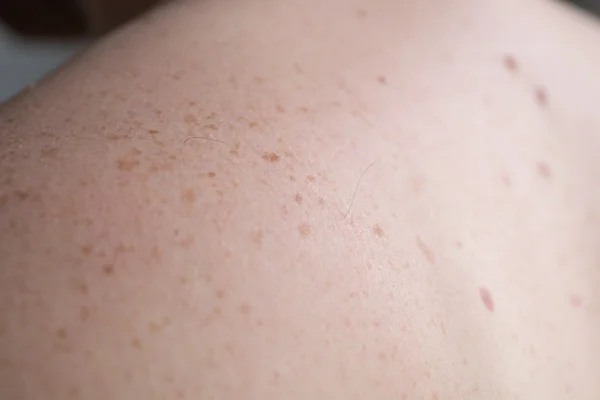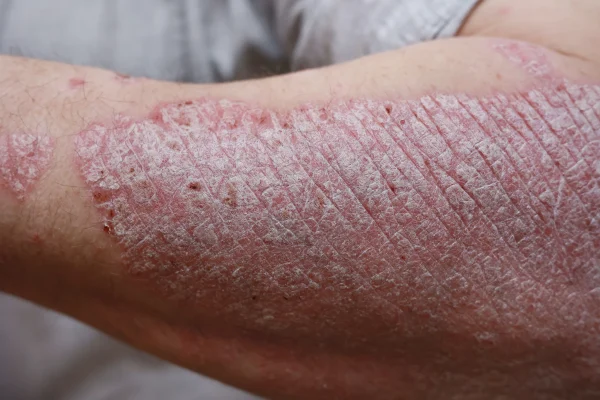Banish Warts for Good: Discover Our Effective Wart Removal Solutions
Warts, a prevalent dermatological issue impacting a significant number of individuals, result from the Human Papilloma Virus (HPV). This virus encompasses various subtypes responsible for diverse wart types, such as common warts and plantar warts. Warts can potentially spread, even after their removal, due to the persistent virus. While some warts may naturally disappear, others persist and cause ongoing discomfort. Although there’s no cure for the virus itself, there are effective approaches to eliminate or treat wart tissue.
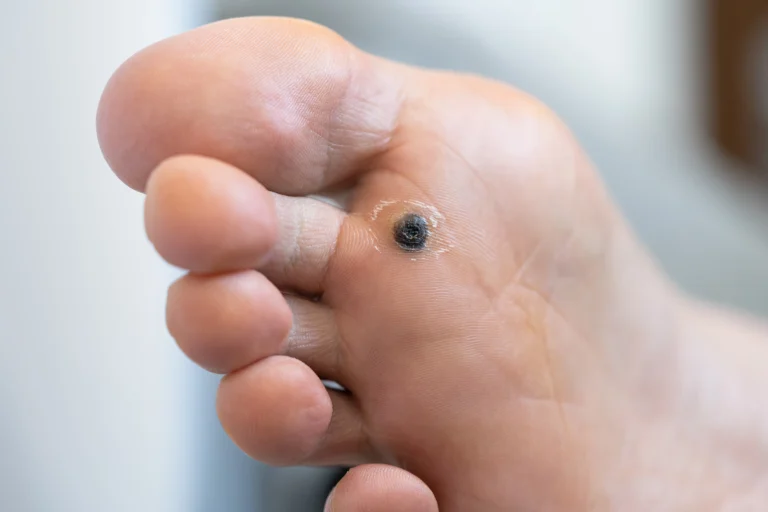
Wondering If You Should Treat Your Warts?
Warts can sometimes vanish on their own, especially in children, and are generally harmless. However, they often appear in conspicuous areas like the hands, prompting individuals to seek removal for cosmetic reasons. If your warts persist, cause discomfort, or resist over-the-counter treatments, consider scheduling an appointment with our dermatologists at Dr. Moma Health & Wellness Clinic.
How Are Warts Treated and Removed?
Warts are typically removed through destructive methods, such as the application of liquid nitrogen, acids, or blistering agents designed to eliminate wart tissue. Depending on the severity, multiple treatment sessions spaced a few weeks apart may be necessary. On average, warts on the hands and feet may require five to seven treatments. If your wart is bleeding, irregular, large, or darker than surrounding skin, a skin biopsy may be recommended to rule out cancer.
Cantharidin
Cryotherapy and Electrosurgery
Challenging Warts
In cases where warts are exceptionally stubborn or numerous, more aggressive approaches may be required. Dermatologists use various treatments for such situations. Patients with numerous warts, flat warts, or those unresponsive to other therapies may explore these options:
Laser Treatment
Warts resistant to other methods may respond to laser treatment. The dermatologist numbs the area with an anesthetic injection before using a medical laser to remove the wart.
Chemical Peels
Clusters of flat warts can be treated with prescription peeling agents like salicylic acid, tretinoin, and glycolic acid, which can be applied at home.
Tagamet (Cimetidine)
For individuals unable to endure the discomfort of destructive methods or those burdened with numerous warts, oral medications like Tagamet or Cimetidine may be prescribed. While typically used for stomach issues, dermatologists have found success in treating multiple warts with Tagamet, particularly in children.
Tired of warts? Let Dr. Moma Health & Wellness Clinic help you bid them goodbye. Take the first step towards clear skin today. Uncover smoother, blemish-free skin. Regain your confidence. Act now, warts don’t stand a chance here!
FAQ: Frequently Asked Question
Yes, warts can be contagious. They are caused by the Human Papilloma Virus (HPV), and various subtypes of this virus can lead to different types of warts. Warts can spread from one person to another through direct or indirect contact.
There are over-the-counter treatments available for warts, such as topical creams and gels. However, these treatments may not always be effective, and it’s essential to follow the instructions carefully. If your warts persist or worsen, it’s advisable to consult a dermatologist.
In some cases, warts may resolve on their own, particularly in children. However, this process can take a long time, and not all warts disappear without treatment. Many people seek treatment to remove warts for cosmetic reasons or if the warts are causing discomfort.
No, there are various types of warts caused by different subtypes of the HPV virus. Common warts, plantar warts, genital warts, and flat warts are some examples. Each type may require a different approach to treatment.
Yes, it’s possible for warts to return after treatment, especially if the virus that caused them is still present in the body. Recurrence can occur, and additional treatments may be needed.
While most warts are benign, there is a rare form of skin cancer called squamous cell carcinoma that can develop within long-standing warts. It’s essential to have any unusual or changing skin growths evaluated by a dermatologist.
Yes, children can undergo wart treatments, and some methods, like cantharidin, are well-tolerated by younger patients. It’s advisable to consult with a dermatologist to determine the most appropriate treatment for a child’s warts.
